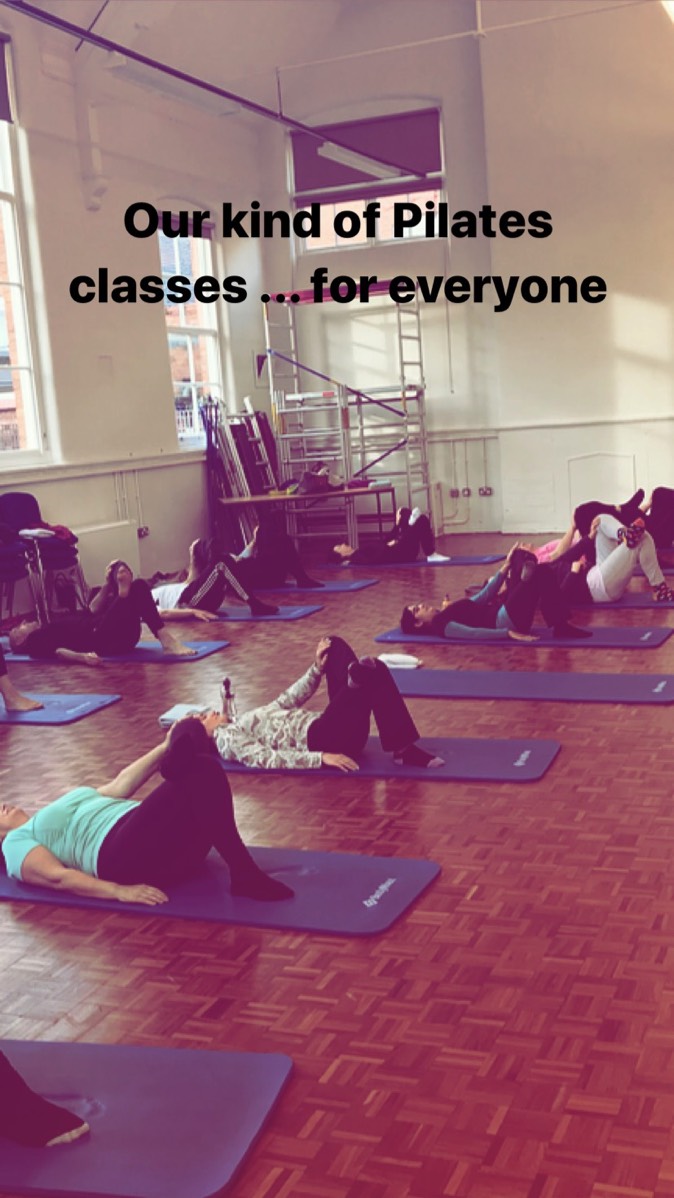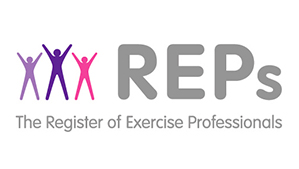Pilates for ALL clients …

When teaching group Pilates classes we are often faced with physical issues that seem to be fairly generic. Here are some that regularly show up in my classes:
Plus hip and knee replacements — which seem to be becoming more common — but this may be related to my client age group.
- ❏ Arthritic wrists — making weight bearing difficult
- ❏ Arthritic knees — making any kneeling work difficult plus some movement at the knee joint a problem
- ❏ Bunions — making some standing work difficult and positioning of toes and weight bearing into feet a problem
- ❏ Plantar fasciitis — making foot work and mobility in the ankles difficult
- ❏ Frozen shoulders — mobility and some weight bearing difficulties
- ❏ Non-specific lower back pain — making some positions and mobility difficult and painful
- ❏ Bursitis — making any hip movement a challenge
- ❏ Bulging discs/herniated discs — making positions and movement of the spine difficult
- ❏ Hypermobility — making mind/body connections a challenge, and range of movement issues
Plus hip and knee replacements — which seem to be becoming more common — but this may be related to my client age group.
Most of these problems can be catered for in a general Pilates class by offering modifications, adaptations and alternative positions or movements that can achieve the same goals. And although some of these conditions will need a different aim, they all have a common theme, which is to keep the body moving, to maintain a level of strength, and to work on improving posture.
The facts are that we teach real people with real bodies that present with lack of movement, lack of stability, loss of strength, which can all result in physical problems.
If we take an example of non-specific lower back pain which is at its worst when they try to rotate at the waist, does this make the rotation a bad movement? No it doesn’t, it may mean that the body hasn’t been used to moving in this way. Potentially perhaps this body has spent the majority of time sitting at a desk with a computer. So this body has become very used to moving forwards and backwards, but twisting and rotation of the spine isn’t done regularly. Then this body decides to take up golf because it knows it needs to get more active and because this body’s friend and work colleague plays golf. Suddenly this body has to twist and rotate — and this results in pain in the lower back, because the body has been put into shock. The muscles are likely to go into spasm to try and stop this movement that it doesn’t recognise. So when this body is presented to us as a group Pilates teacher we have to teach that body how to twist safely and effectively. We have to teach exercises that will help that body achieve that range of movement.
Our bodies are designed to move, so our Pilates classes should be designed to keep bodies moving and with generic problems that our lives lead us to can be dealt with in our generic classes. While some of the issues listed above do need specific and a deeper delve into the cause and what programme of exercises will be right for them, most can be worked on in a group class.
When I work with other Pilates teachers these are some of the areas we look at to develop skills, progress knowledge and confidence to deal with every body. We work in Pilates because we want to help people to move, keep strong, keep looking good, we we shouldn’t restrict what we do to bodies that don’t present with any problems, we should be working on making our classes accessible for all.
Written by: Jane M Thomas of Jane Thomas Pilates, as featured on the BBC.
The facts are that we teach real people with real bodies that present with lack of movement, lack of stability, loss of strength, which can all result in physical problems.
If we take an example of non-specific lower back pain which is at its worst when they try to rotate at the waist, does this make the rotation a bad movement? No it doesn’t, it may mean that the body hasn’t been used to moving in this way. Potentially perhaps this body has spent the majority of time sitting at a desk with a computer. So this body has become very used to moving forwards and backwards, but twisting and rotation of the spine isn’t done regularly. Then this body decides to take up golf because it knows it needs to get more active and because this body’s friend and work colleague plays golf. Suddenly this body has to twist and rotate — and this results in pain in the lower back, because the body has been put into shock. The muscles are likely to go into spasm to try and stop this movement that it doesn’t recognise. So when this body is presented to us as a group Pilates teacher we have to teach that body how to twist safely and effectively. We have to teach exercises that will help that body achieve that range of movement.
Our bodies are designed to move, so our Pilates classes should be designed to keep bodies moving and with generic problems that our lives lead us to can be dealt with in our generic classes. While some of the issues listed above do need specific and a deeper delve into the cause and what programme of exercises will be right for them, most can be worked on in a group class.
When I work with other Pilates teachers these are some of the areas we look at to develop skills, progress knowledge and confidence to deal with every body. We work in Pilates because we want to help people to move, keep strong, keep looking good, we we shouldn’t restrict what we do to bodies that don’t present with any problems, we should be working on making our classes accessible for all.
Written by: Jane M Thomas of Jane Thomas Pilates, as featured on the BBC.
First Class Pilates — Pilates Done Right!





First Class Pilates — 9 Great Central Road — Loughborough — LE11 1RW